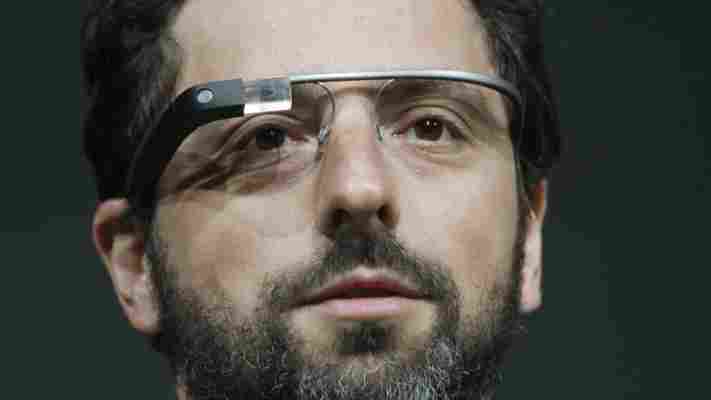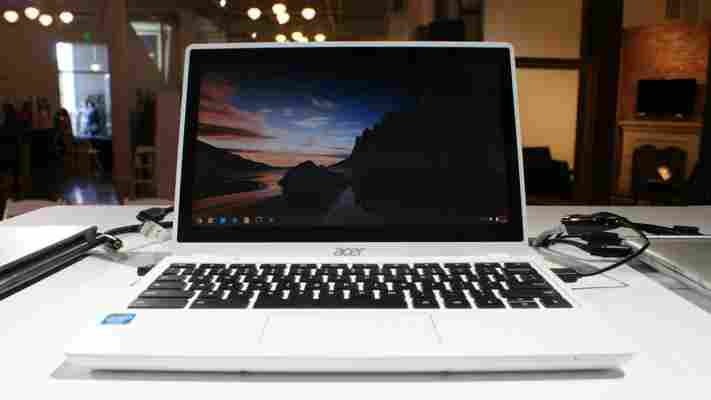Amazon has just announced that its Kindle Fire HD tablet – both the 7” and 8.9” HD display-sporting versions – are now available to customers in over 170 countries and regions around the world.

The devices are available for pre-order through Amazon’s flagship website and will start shipping June 13, the company says.
More specifically, the Kindle Fire HD 8.9” is available for preorder starting today for $284. The Kindle Fire HD 7” is also available for preorder, and retails for $214.
The 8.9-inch screen on the Kindle Fire HD has a resolution of 1920 by 1200 pixels (equal to 254 ppi), a dual-core 1.5 GHz TI OMAP 4470 processor, and Dolby Digital Plus audio. It also houses 1GB of RAM, a 6000 mAh and either 32GB or 64GB of internal storage.
Dave Limp, VP of Amazon Kindle, says in a statement:
The content he speaks of encompasses millions of apps, games, magazines and e-books, including more than 300,000 books that are exclusive to Amazon’s Kindle Store.
In other, fresh and related news , the Amazon Appstore for Android is now available in nearly 200 countries (as expected ).
The news of the geographic expansion comes two months after Amazon announced that the 8.9″ version of its Kindle Fire HD tablet became available in the UK, Germany, France, Italy, Spain and Japan .
At the time, it also got a lower price point in the US, starting at $269 for the WiFi-only version and $399 for the 4G-enabled edition.
The devices started shipping in the US back in November 2012.
Also read:
Despite recovered margins, Amazon disappoints in Q4 with revenue of $21.27B and EPS of $0.21
Image credit: Joe Klamar for AFP / Getty Images
Google Glass update adds photo and video backup, option to clear media from timeline, smarter phone answering
Google today announced the latest update to its Glass project, adding three new features for those who have shelled out $1,500 for the wearable device. The new additions include photo and video backup, an option to clear photos and videos from the timeline, and smarter phone answering.

The first of three works exactly as you’d expect: backing up photos and videos can take a lot of bandwidth, so Glass only backs up when you’re plugged in and on Wi-Fi. That being said, you can also now can force a backup whether you are using your cellular connection or Wi-Fi. Just swipe to the Auto Backup card in Settings and tap to start a backup.
Next, you can now clear photos and videos from your timeline. This doesn’t seem like a major addition, but Google says it is “one of our top community requests.” Instead of clearing each item manually, you can now clear all your photos and videos from your timeline by tapping the Auto Backup card and then swiping forward to free up storage space.
Lastly, this Google Glass update brings smarter phone answering. If you answer or make a call with your phone, the phone’s audio will be active, while answering or making a call with Glass will ensure Glass’ audio will be active. Best of all, phone calls will no longer route to your Glass if it’s inactive (like when the device detects that you’re not wearing it).
As we mentioned in our post for the last Glass update , the company still won’t say when it plans to bring back video calls. Still, nobody can complain about the faster release schedule.
See also – How Google Glass can evolve as a tool for journalists and Google letting Glass Explorers invite a friend to join the program
Top Image Credit: Kimihiro Hoshino/Getty Images
Hands-on: Acer’s speedy Core i3 C720 Chromebook
At the Intel Chrombook event today, Acer introduced its first Core i3 Chromebook. Built for performance, the latest addition to the Acer line didn’t disappoint during a quick hands-on.

Unless you’re using a Google Chromebook Pixel with a Core i5 processor, Chromebooks are generally pokey computing affairs. While loading Chrome apps and sites isn’t exactly performance intensive, the snail-like speed of those Chromebooks becomes noticeable next to mid-level Windows or OS X notebooks. The Acer C720 removes that sluggishness in a $349 package–far less expensive than the Pixel’s $1,299 price at launch.
Thanks to the notebook’s 4th-gen Intel Core i3 chip, the Chrome browser launched and loaded more quickly than any other non-Pixel Chromebook I’ve seen. Launching Google apps–including multiple Drive documents–was a breeze with nary a hiccup. Google even pre-bookmarked a racing game and adventure game onto the C720 for testing. While the Google Drive doc tabs were still open, I launched both games. Even while loading the adventure game, I saw no lag or stuttering while skidding around SKID Racer track.
The Acer won’t replace an ultrabook or MacBook Air, but at $349, it’s a solid performer. But, that price point means that you’re not going to get the high-quality screens found on those other devices. At 1366 x 768 pixels, it’s hard not to notice the lower resolution compared to higher-end Windows and OS X notebooks. It’s not a horrible experience, but once you’ve become accustomed to a higher definition display, it’s hard to go back.
The build quality of the case is also on par with its $349 price tag. It doesn’t feel cheap or flimsy, but it is plastic and feels like a notebook from five years ago. The keyboard felt solid, but probably a little too recessed for my taste. And finally, the trackpad was responsive, but heavy taps created the tell-tale “thwak” noise of a plastic construction.
With my limited time with the Acer C720, I was impressed with its speed and power. Its build quality is on par with its price point, but it doesn’t feel cheap. If you’re looking for a quicker Chromebook experience or a second laptop that runs smoothly, it could be a nice addition to your bag.
The $349 Acer C720 will be available during the back-to-school shopping season according to Acer.
